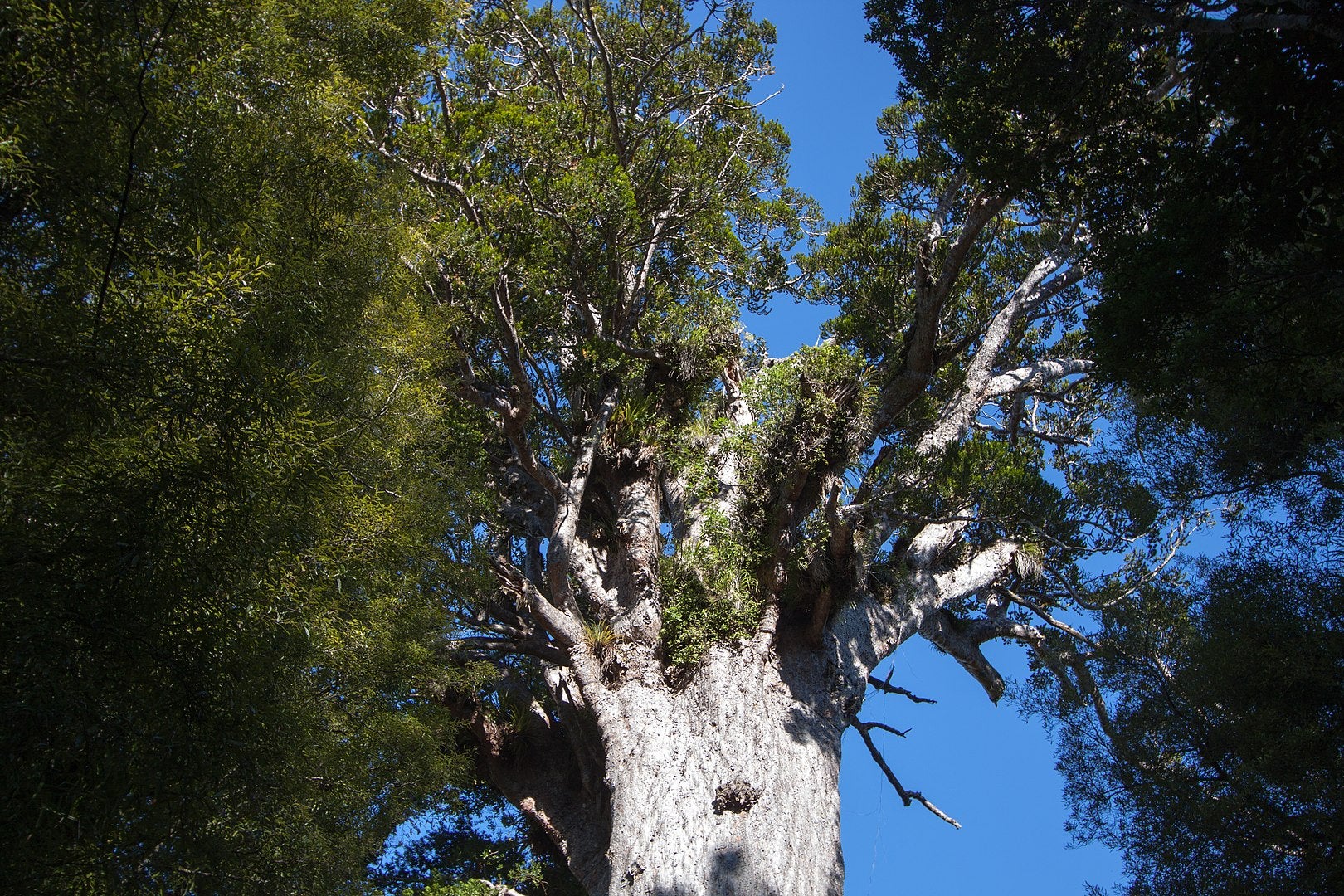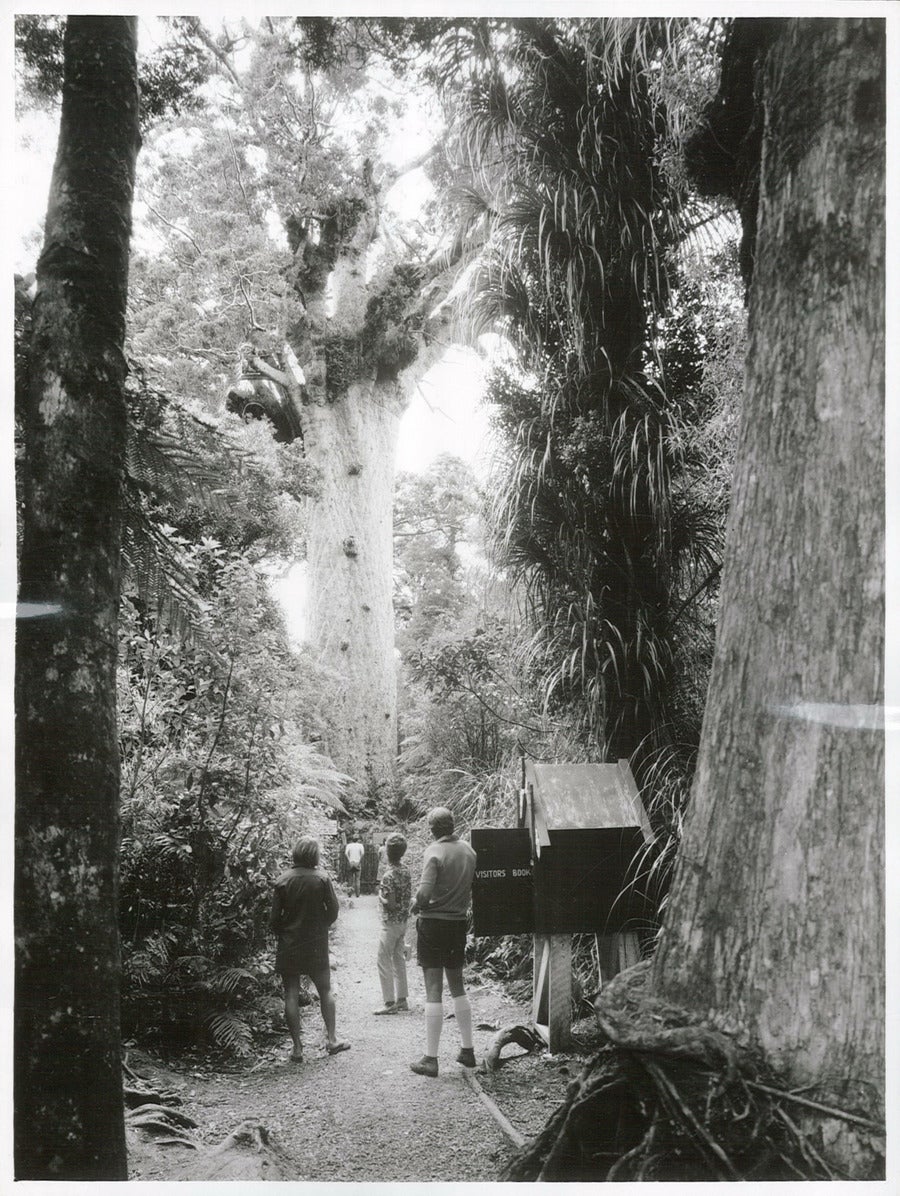How Maori stepped in to save a vital towering tree
When the ‘lord of the forest’ was threatened, it was New Zealand’s Maori who brought it back to life, writes Pete McKenzie

Your support helps us to tell the story
From reproductive rights to climate change to Big Tech, The Independent is on the ground when the story is developing. Whether it's investigating the financials of Elon Musk's pro-Trump PAC or producing our latest documentary, 'The A Word', which shines a light on the American women fighting for reproductive rights, we know how important it is to parse out the facts from the messaging.
At such a critical moment in US history, we need reporters on the ground. Your donation allows us to keep sending journalists to speak to both sides of the story.
The Independent is trusted by Americans across the entire political spectrum. And unlike many other quality news outlets, we choose not to lock Americans out of our reporting and analysis with paywalls. We believe quality journalism should be available to everyone, paid for by those who can afford it.
Your support makes all the difference.In an ancient grove in northern New Zealand, the mighty conifer known as Tāne Mahuta, lord of the forest, is threatened by the encroachment of a deadly enemy.
It is the largest kauri tree known to be living: 177ft tall, 53ft in circumference. Kauri, native to New Zealand, are among the world’s longest-living trees, and Tāne Mahuta has been growing in Waipoua Forest for about 2,000 years – longer than New Zealand has been inhabited by humans. It is named after the god of forests in Māori mythology, who is said to have pushed apart the sky father and the earth mother to create space for life to thrive.
But Tāne Mahuta stands just 200 feet from another kauri whose roots are infected with an incurable disease. Kauri dieback, caused by a microscopic, fungus-like organism, has reached pandemic proportions and driven an already threatened species closer to extinction. Nearby, five other kauri are also infected.
Given the age and size of kauri, many Māori view them as distant ancestors. Tāne Mahuta is particularly special to some, for the connection to the Māori creation story. “The threat of kauri dieback to the species is a threat to Māori identity itself,” said Taoho Patuawa, chief science officer for the local Māori tribe, Te Roroa.
That tribe and others are racing to protect the remaining kauri before it’s too late. After more than a decade of government inaction and patchy scientific research, Māori have taken a lead on conservation efforts, hoping to buy time for development of a cure.
Kauri dieback, discovered in 2006, spreads through the movement of infested soil, often via mud on shoes. Once close to a kauri, the disease’s spores infect its roots, causing them to rot. The disease can infect other plant life, but it is particularly devastating to kauri.
When it reaches the trunk, lesions break out. Kauri begin to bleed yellow, pus-like gum in an attempt to cover their sides in thick armour. But it is already too late. The pathogen corrodes the internal tissues that carry nutrients and water, essentially starving the tree to death. When kauri die, so does much of the surrounding plant life that relies on it.
I’ve seen with my own eyes, when we’ve been doing long-term monitoring of plots, places where in some years we haven’t found a single seedling that was alive
Injecting phosphite can slow the progress of the disease, but there is no cure.
In 2017, New Zealand’s forestry minister at the time, Shane Jones, described the government’s kauri dieback response up to that point as “an unmitigated disaster”. Experts predicted that the species, which once covered millions of acres in New Zealand, would go extinct within three decades.
Māori researchers, who are often more connected to the communities affected by kauri dieback, have disproportionately been the ones calling for action. Melanie Mark-Shadbolt, an environmental sociologist, said the government had not taken kauri dieback, or Māori concerns about it, seriously. The government’s biodiversity protection system, she said, “doesn’t provide for Māori at all”.
Nick Waipara, a scientist who specialises in kauri dieback, said that the competitive system for scientific funding had directed money toward the priorities of non-Māori researchers.
For a decade, he said, work on the disease was “problematic, underfunded, piecemeal and ad hoc”.
The lag had devastating consequences. “I’ve seen with my own eyes, when we’ve been doing long-term monitoring of plots, places where in some years we haven’t found a single seedling that was alive,” Waipara said.
Snow Tane, the general manager of the Te Roroa Development Group, said that in 2015 the tribe began to realise that not only did kauri dieback pose an enormous threat to the forests of New Zealand, but that little help was on the way.
“We could have waited for something to happen, or we could have started the ball rolling ourselves,” Tane said.

So the tribe stationed kauri ambassadors on tracks and near the forest’s entrances to explain to visitors the significance of the trees and ensure nobody strayed too close to them. The tribe had previously worked with New Zealand’s Department of Conservation to install a boardwalk near Tāne Mahuta to prevent visitors from spreading infected soil near its roots. In 2018, after camera surveillance showed dozens of people were still evading ambassadors and leaving the track to get closer to its trunk, guard rails went up too.
The election of a centre-left government in 2017 also provided a boost. The new biodiversity minister, Damien O’Connor, pushed through stronger government policies on kauri dieback. According to Waipara and Mark-Shadbolt, this prompted the bodies that fund scientific research to take more interest in saving the kauri.
Stuart Anderson, the deputy director-general for biosecurity in the Ministry of Primary Industries, said the agency was committed to working with Māori and noted that of the $8m New Zealand dollars (£4.1m) it will spend on kauri dieback this year, half will go directly to Māori groups.
Even these measures, though, may be insufficient to fight the disease. So the Te Roroa tribe went further, exercising its authority as custodians of Waipoua Forest to close many of its walking tracks entirely. When the government imposed Covid-19 lockdowns in 2020, Te Roroa took the opportunity to impose a rāhui, or temporary prohibition on entry, over the whole forest.
These restrictions caused controversy. Waipara said that forest managers and scientists he knew had been violently threatened by people who oppose restrictions, or even deny the disease’s existence.
He compared it to the backlash against efforts to contain Covid-19. “There are similar issues, stress, threats, denials and quite horrific behaviour by some people,” he said.
Still, monitoring done by Te Roroa indicated that the restrictions were working. According to Patuawa, they were only dealing with “pockets of infected trees in decline”. Te Roroa was sufficiently satisfied to lift its rāhui over Waipoua Forest later in 2020.
Patuawa cautioned that would change if kauri dieback spread closer to Tāne Mahuta and other key kauri.
“New Zealand needs to drop the sense of entitlement that we have to be anywhere we want to be,” he said. “We need to be a little bit more sensitive to these beautiful places.”
But, for now, there’s hope among advocates that Māori-led interventions have created enough time for scientists to save the kauri. And even with the threat that Tāne Mahuta faces, Waipara said, “I think he is in very good hands.”
This article originally appeared in The New York Times




Join our commenting forum
Join thought-provoking conversations, follow other Independent readers and see their replies
Comments